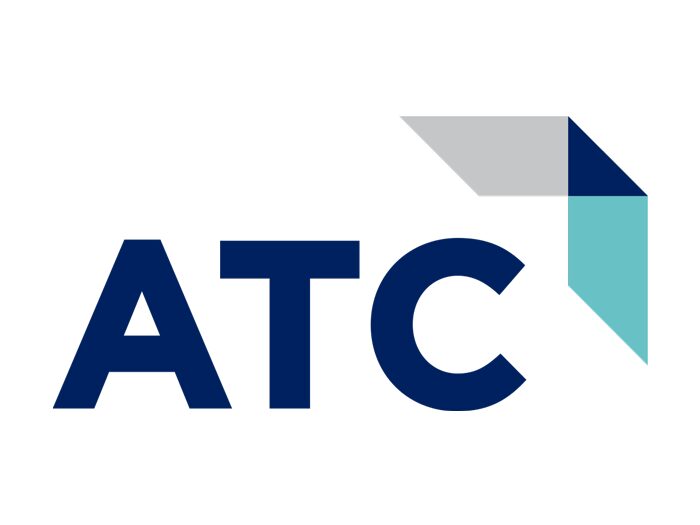IP telephony continues to grow in the business environment among small, midsize, and enterprise-level businesses. A Voice over IP (VoIP) system is more clear and reliable than a traditional public switched telephone network (PSTN) and is also much more affordable. VoIP can offer more advanced calling functions that would normally cost extra on a PSTN as part of a standard package. A robust VoIP system is the stepping stone for unified communications. This article covers some of the top features that are beneficial to business telecommunications.
(Read it here at Toolbox for IT.)
Auto Attendant
An auto attendant, or virtual assistant, acts as an automatic operator that welcomes callers with a custom greeting. When people call, they are prompted to select from a variety of options for departments, business hours, directions, extensions, or prerecorded messages. The auto attendant can make a small business or home office seem like a large enterprise. An auto attendant, unlike a live receptionist, works 24 hours a day and can handle and direct multiple calls at once.
Extensions
VoIP extensions cost much less to establish than PSTN extensions because most VoIP service is scalable to expand as a business grows. Businesses can use VoIP extensions as mailboxes. The auto attendant can route calls to a certain department’s voicemail for any reason. VoIP extensions are virtual, so there is less hardware to purchase and maintain. These virtual extensions can consist of prerecorded automatic messages where there is no need for a person to answer the call, such as a list and explanation of services, frequently asked questions and answers, and directory lists. Calls placed within the same VoIP system are usually free, which is another way businesses can save money.
Follow Me and Find Me
A follow me, or find me, feature allows users to set up several numbers through which the system can route calls so clients can always reach them, whether they are on the road or simply away from their desks. Presence is key in communications, and if an important call comes in it is important that the caller reaches the person they need to reach. This feature can be set to automatically connect a caller to someone’s office or cell phone. It works well for businesses that have overseas workers because calls are routed through an IP network instead of a PSTN network, meaning customers can dial a local number and be seamlessly routed to overseas employees.
Chat
Some software-based VoIP phones come with an instant messaging feature such as Microsoft Lync or Skype that provides presence information to show when people are online. Sometimes it is difficult to reach people by phone or to know when they are available, so a chat feature can help pinpoint when might be a good time to call. This feature helps eliminate phone tag by allowing users to start chat conversations that can lead to phone calls.
Conference Calling
Conference calls may incur multiple charges with a PSTN network where each number dialed may be charged as another call. VoIP conference calling allows a call placed with multiple people on multiple lines in a conference instead of requiring every caller to dial into one bridge line. Some VoIP systems may come with personal bridge lines for each number that can hold up to a limited number of participants on one call.











